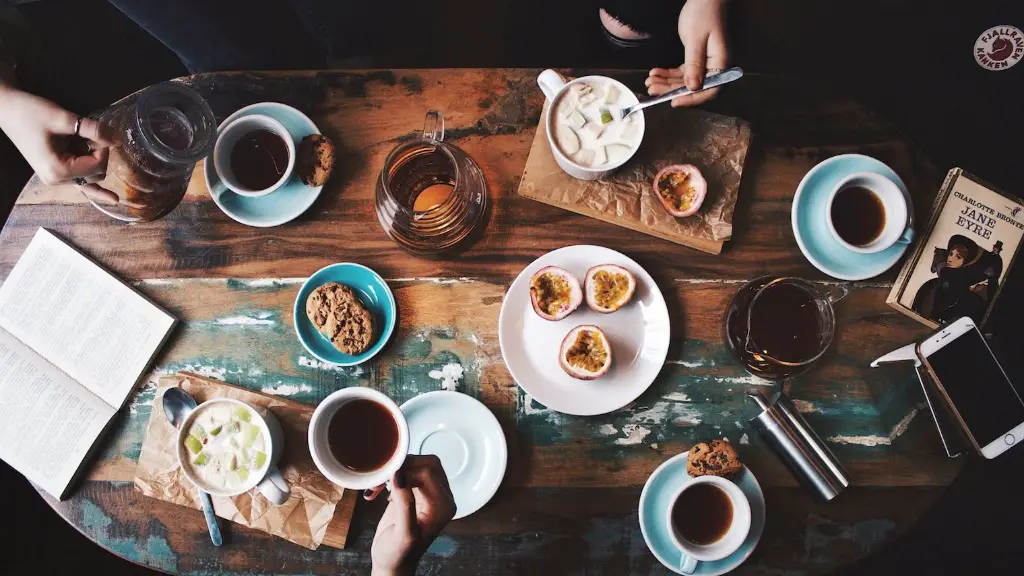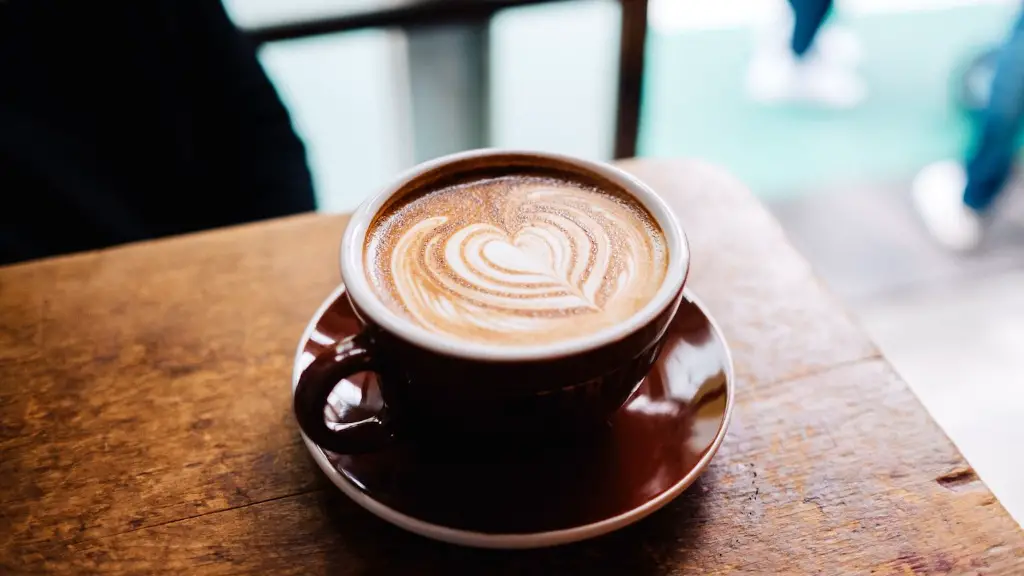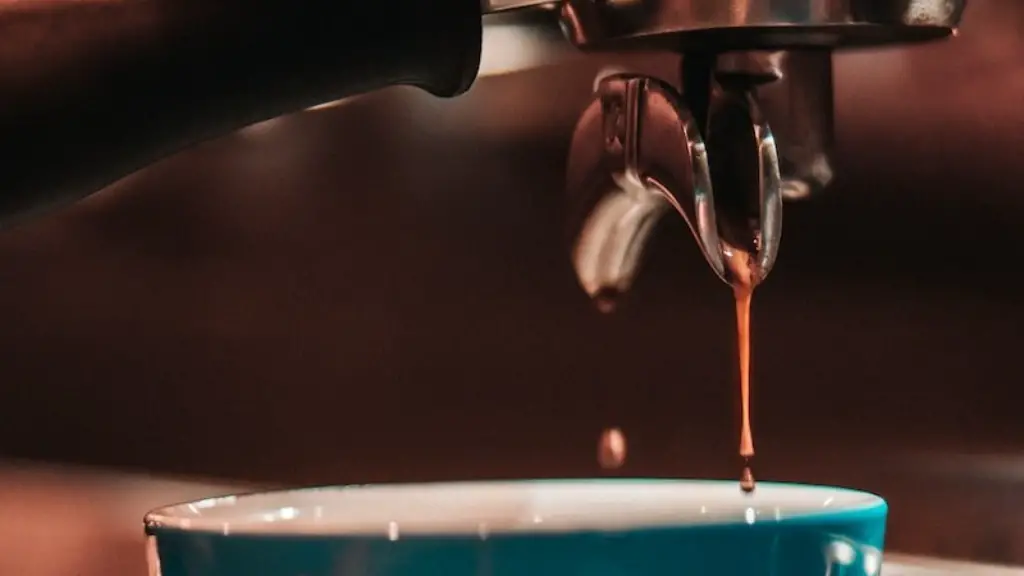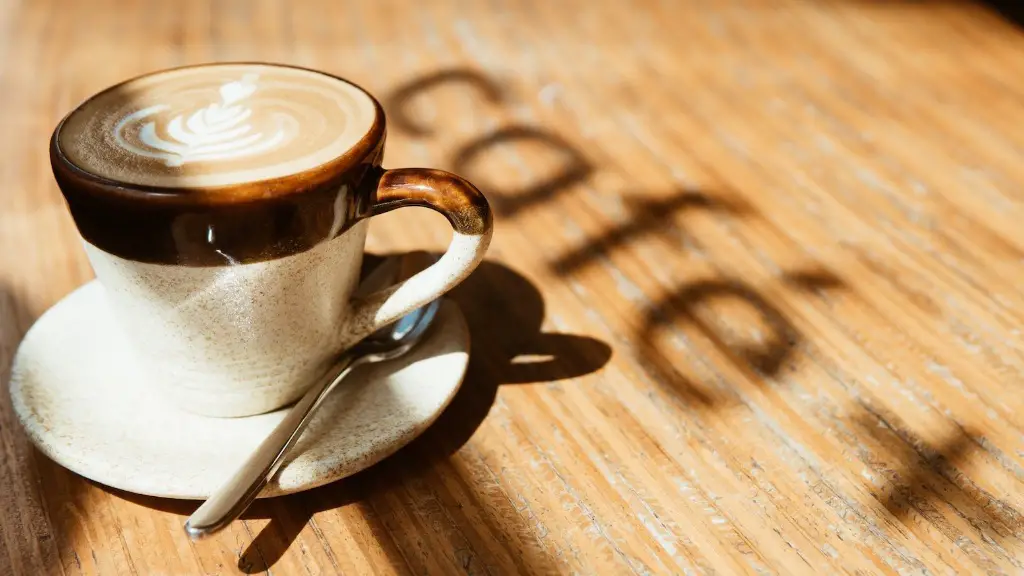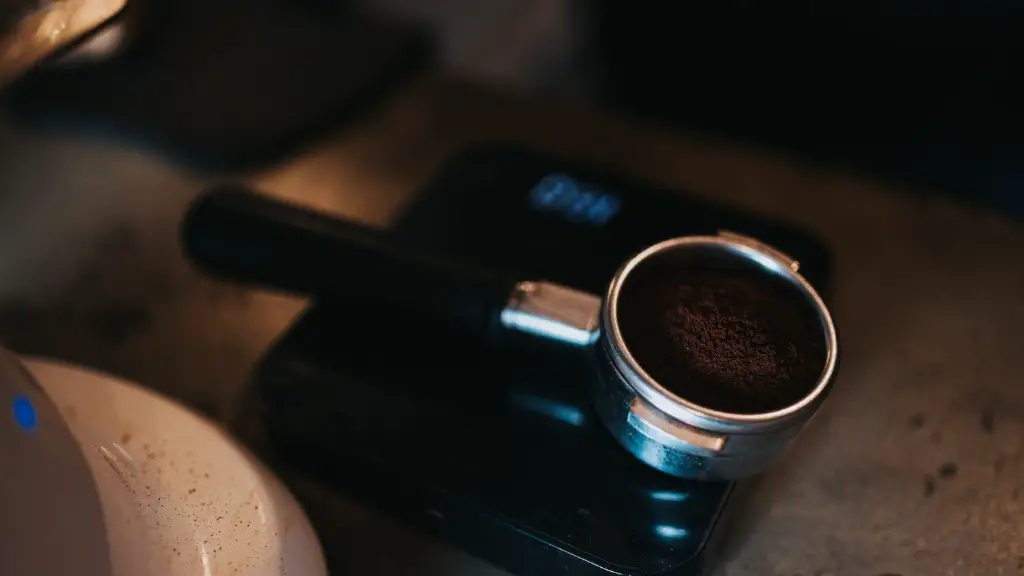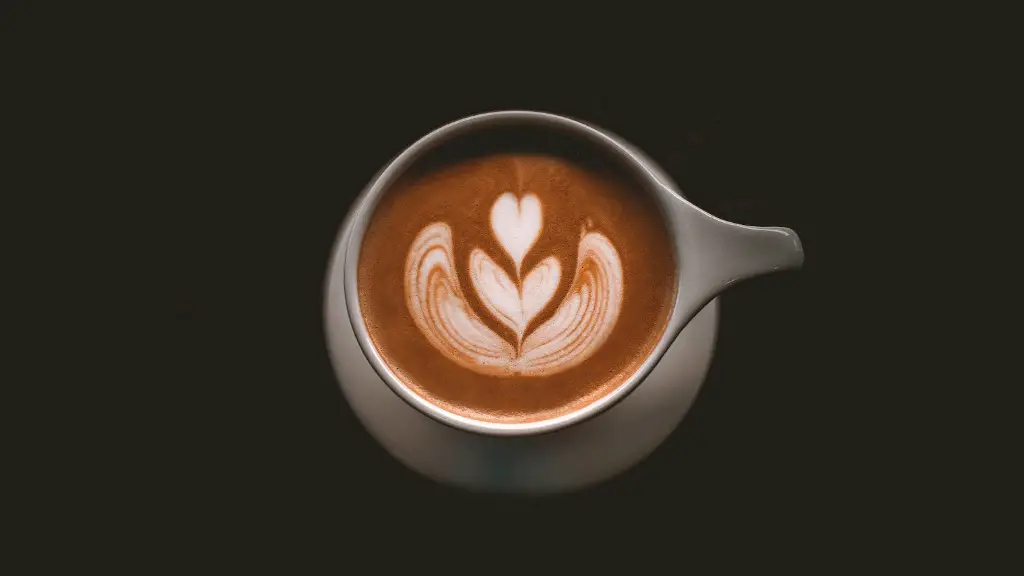Exploring Different Popular Coffee Drinks
Coffee is a popular beverage around the world. It’s a great way to start the day or enjoy a break during a busy day. There are countless types of drinks that can be made with coffee and each can be prepared in different ways. In this article we’ll be exploring the vast world of coffee drinks, focusing on the most popular recipes.
Espresso
Perhaps the most well known type of coffee drink is espresso. This style of coffee is made by passing hot water under pressure through finely ground coffee. It’s typically served in a small cup, sometimes with a little sugar. The high pressure allows the maximum amount of flavour to be extracted from the coffee grounds. After extraction, a heavily concentrated shot of coffee is left, with a thick crema floating on top.
Cappuccino
A cappuccino is another extremely popular form of coffee. It’s prepared with an espresso as a base and then topped with steamed and frothed milk. This makes the drink creamy and slightly sweet. The cappuccino is topped with a sprinkle of cocoa powder. Traditional versions of this drink only use 1/3 espresso, 1/3 steamed milk and 1/3 froth, which gives it the iconic three-layered look.
Latte
The latte is a close relative to the cappuccino, although it’s sweeter and contains much more milk. The latte usually consists of a shot of espresso and steamed milk, with a small layer of foam on top. This foam can be lightly dusted with cocoa, cinnamon or nutmeg, although it’s not always served this way. Some variations, such as the flat white, are made without any froth or foam.
Americano
The Americano is another popular coffee drink, although this is much more simple than the others. An Americano consists of 2 shots of espresso, topped up with hot water. This dilutes the espresso and makes it less intense. The Americano is sometimes served in a tall glass, although it’s still a much stronger drink than a standard cup of drip coffee.
Mocha
The mocha is a combination of coffee and chocolate, making it one of the most popular flavors. It’s traditionally made with espresso and steamed milk, with a generous helping of chocolate added. This can come in the form of cocoa powder, melted chocolate or syrup. The mocha is one of the tastiest coffee drinks and can be enjoyed by both children and adults.
Macchiato
The macchiato is one of the oldest coffee drinks, dating back hundreds of years to Italy. It’s prepared with a shot of espresso, usually topped with a small amount of steamed milk or froth. It’s a strong and bitter drink, although the addition of milk can help to make it a bit more palatable. It’s served in a tulip-shaped cup, often decorated with a dusting of cocoa powder.
Iced Coffee
The iced coffee is a popular variation on the standard hot drink. This is basically an espresso poured over large cubes of ice, with a little cold milk added. It’s a refreshing and energising drink, ideal for those hot summer days. It’s also possible to make an iced latte or mocha, by adding flavoured syrups or chocolate to the coffee.
French Press
The French press is a coffee-making device that uses a pressure and immersion technique. Ground coffee is placed in the cylinder of the press, along with hot water. The plunger is used to force the grounds to the bottom of the press, leaving a strong cup of coffee. French press coffee is usually served black, however cream and sugar can also be added.
Turkish Coffee
Turkish coffee is a traditional brewing method that’s been used for centuries. The beans are ground to an incredibly fine consistency, almost like powder. This powder is then added to a pot of water and heated. After a few minutes, a thick layer of foam will form on the surface. This foam is known as ‘kaimaki’ and is an important part of Turkish coffee culture. It’s served in small cups, and is usually sweetened with sugar.
Espresso-Based Coffees
While espresso is the base for most of the coffee drinks already mentioned, there are many more espresso-based drinks. These include cappuccinos, lattes, flat whites, macchiatos and mochas. Each of these drinks will differ slightly in flavour, as the ratio of espresso to milk or foam will vary. It’s important to get the balance right, in order to create a delicious cup of coffee.
Coffee Toppings
Coffee can be topped with many different ingredients, from whipped cream and caramel syrup, to cocoa powder and nutmeg. These toppings can change the flavour dramatically, and there are endless possibilities for experimenting. Whipped cream can give the coffee a luxurious feel, while caramel syrup can make it slightly sweeter. The addition of cocoa powder gives it a rich chocolate flavour and the nutmeg adds a subtle spiciness.
Brewing Methods
Coffee can be brewed in many different ways, from simple drip filters to complex espresso machines. Each method will produce a slightly different flavour, and some people prefer certain brewing methods over others. French presses and espresso machines are popular, while manual methods like the Hario V60 and AeroPress are also widely used by enthusiasts and aficionados.
Grinding Techniques
The right grind is essential for great coffee, as this will affect the flavour and strength of the drink. Ground coffee should be as fine as possible, in order to extract the maximum amount of flavour from the beans. Coarse grinds are better suited to drip and filter machines, while fine grinds are better for espresso and French press brewing. The grinds should also be uniform, otherwise the coffee may taste weak or bitter.
Roasting Level
The roast of the beans is also important for flavouring the coffee. Lighter roasts tend to be brighter and more acidic, while darker roasts can have more rich and intense aromas. The roast will also affect the strength of the coffee. Darker roasts tend to be stronger because the molecules have broken down more, resulting in more intense flavour.
Drinking Habits
Finally, drinking habits can have an impact on the flavour of coffee. Different cultures have their own traditional ways of drinking coffee, whether its espresso or Turkish coffee. These habits can also be formed by individual preferences. Some people prefer to sip their coffee over a longer period of time, while others prefer to drink it quickly. Each will lend their own unique flavour to the coffee.
Storage
Storing coffee correctly is also essential for the optimum flavour. The beans should be kept in an airtight container, at room temperature. Too much humidity or exposure to the air will dry out the beans, resulting in a weak and flavourless cup of coffee. Beans also need to be used within 1-2 weeks of being roasted, otherwise they will lose much of their flavour.
Grind Size
When making espresso, the size of the grind is also very important. If the grind is too fine, it will result in an overly intense and bitter cup of coffee. If it’s too coarse, it won’t extract enough flavour from the beans. Finding the correct grind size requires some experimentation, although there are some general guidelines that can help to ensure a balanced cup of coffee.
Coffee Brewing Devices
Brewing coffee at home can be a bit of an art and not everyone has the same skills. For this reason, there are a wide range of devices which make the process much simpler. These include automatic espresso machines, pour-over coffee makers and single-serve machines. These devices simplify the process of brewing great-tasting coffee, and make it more convenient for busy lifestyles.
Instant Coffee
Instant coffee is perhaps the most convenient way to enjoy coffee. It’s made by drying the brewed coffee and then grinding it into a powder form. This powder can then be reconstituted with hot water. While instant coffee doesn’t have quite the same flavour as freshly brewed coffee, it is still a great option for when you need a quick cup of coffee in the morning.
